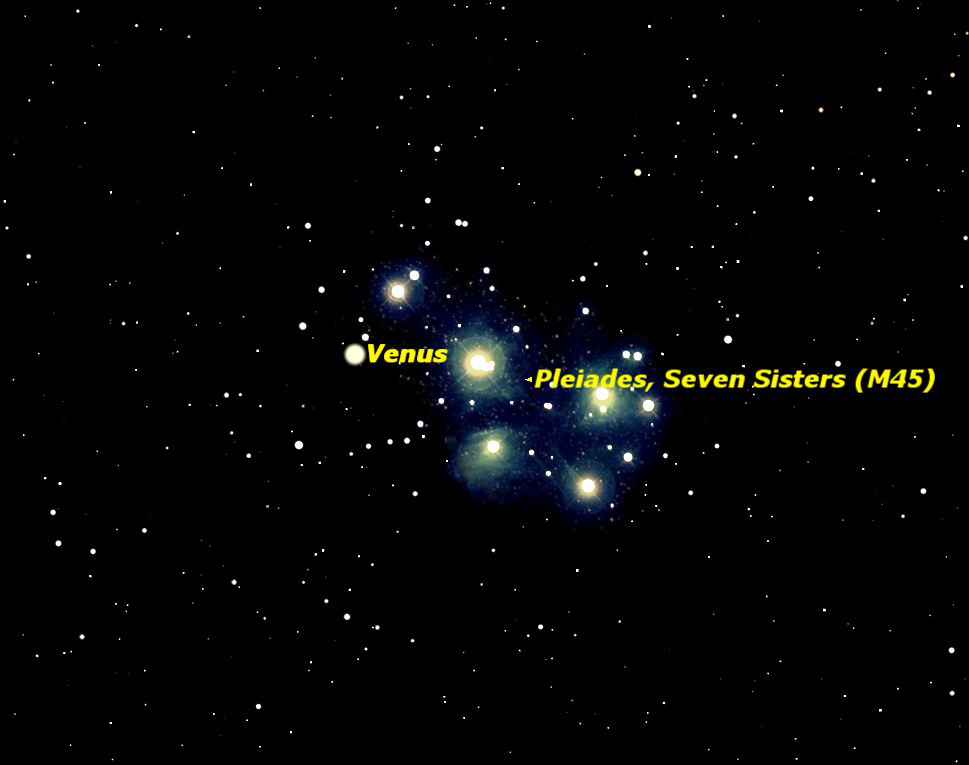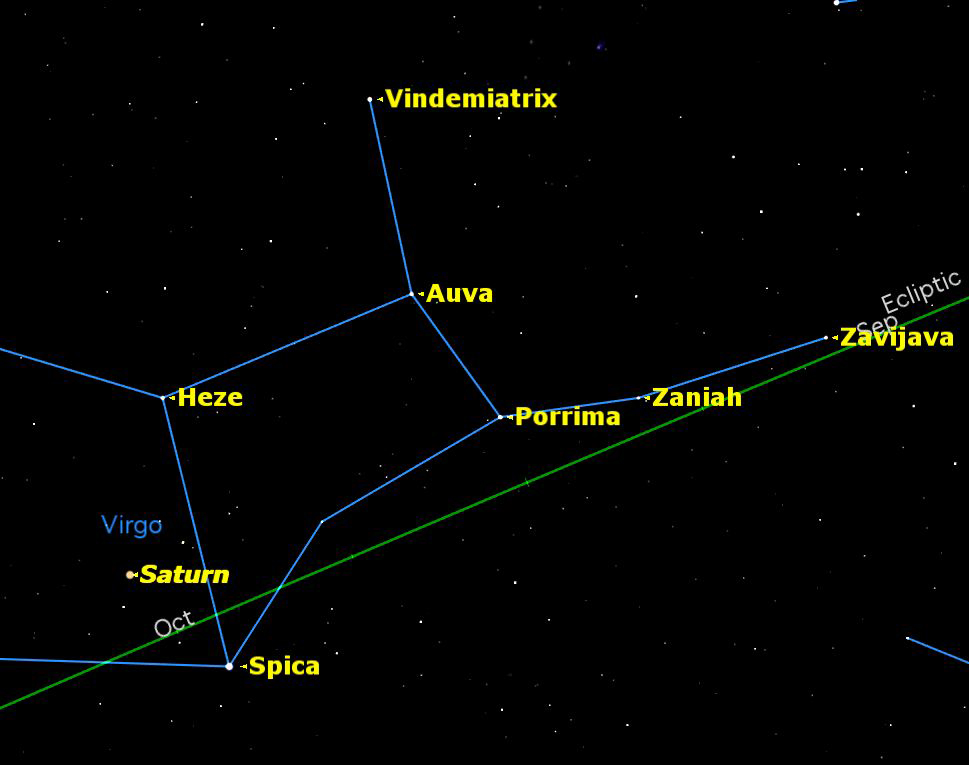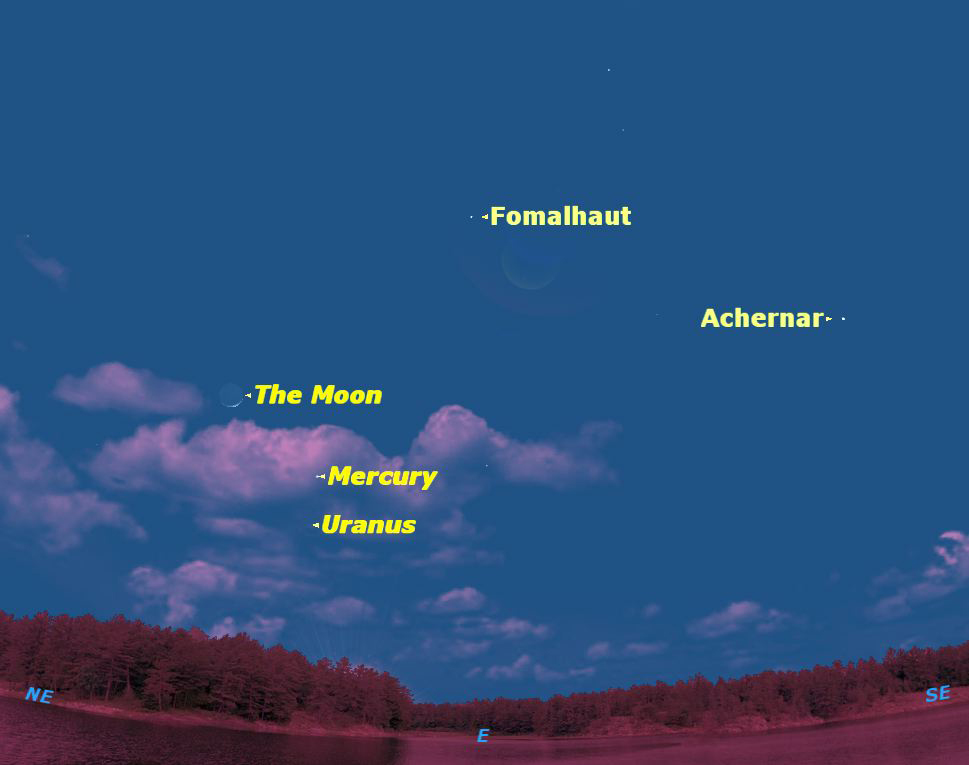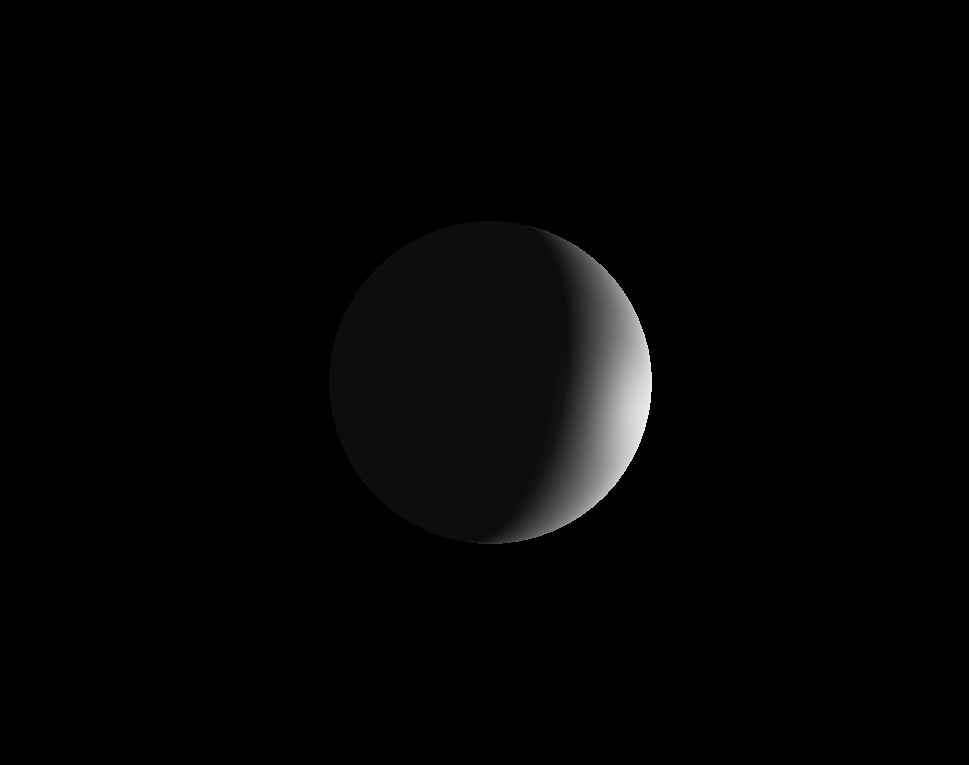Must-See Skywatching Events for April 2012
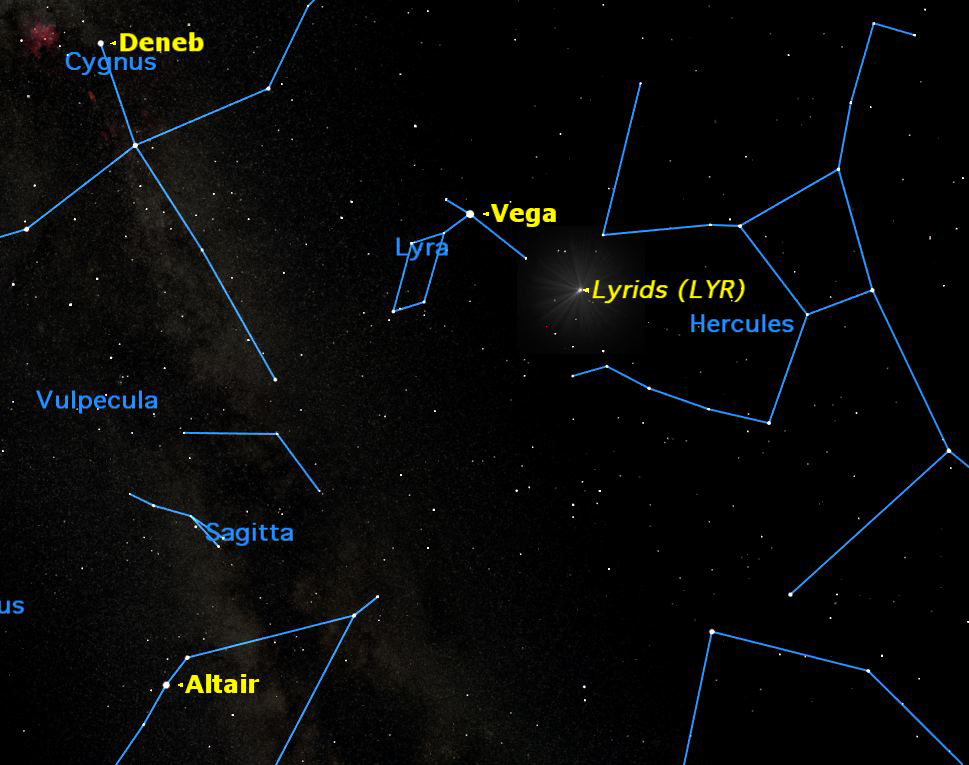
In April 2012, the brilliant planet Venus will shine at its brightest for the year and the Lyrid meteor shower will light up the night sky. But these are just a couple of the must-see skywatching events in the weeks ahead. Take a look at April's best skywatching events below and happy stargazing!
Moon Phases
Fri., April 6, 3:19 p.m. EDT
Full Moon
The Full Moon of April is usually called the Egg Moon. In Algonquian it is called Pink Moon. Other names are Sprouting Grass Moon, Fish Moon, Seed Moon, and Waking Moon. In Hindi it is known as Hanuman Jayanti. The Full Moon rises around sunset and sets around sunrise, the only night in the month when the Moon is in the sky all night long. The rest of the month, the Moon spends at least some time in the daytime sky.
Fri., April 13, 6:50 a.m. EDT
Last Quarter Moon
Breaking space news, the latest updates on rocket launches, skywatching events and more!
The Last or Third Quarter Moon rises around 2:30 a.m. and sets around 12:30 p.m. It is most easily seen just after sunrise in the southern sky.
Sat., April 21, 3:18 a.m. EDT
New Moon
The Moon is not visible on the date of New Moon because it is too close to the Sun, but can be seen low in the east as a narrow crescent a morning or two before, just before sunrise. It is visible low in the west an evening or two after New Moon.
Sun., April 29, 5:57 a.m. EDT
The First Quarter Moon rises around noon and sets around 2 a.m.
Observing Highlights
Tue., April 3, evening
Venus in the Pleiades
Venus, the brightest planet, passes close to the Pleiades (Messier 45), the brightest deep sky object.
Sun., April 15, 2 p.m.
Saturn at opposition
Saturn will be in Virgo directly opposite the Sun in the sky, and will move from the morning sky to the evening sky. It will be visible all night long.
Wed, April 18, morning twilight
Mercury at greatest elongation west
Mercury will be at its best in the morning sky for the year 2012 for observers in the southern hemisphere.
Sun., April 22, 1 a.m. EDT
Lyrid meteors peak
The Lyrid meteor shower occurs at the dark of the Moon. The best time to observe will be from midnight to dawn.
Tue, April 24, 4 p.m. EDT
Venus in daylight
Venus is always visible in daylight if you know exactly where to look. Today the waxing crescent Moon will be your guide: Venus will be visible just above the Moon. Venus is a week short of maximum brightness.
Mon., April 30, early evening
Venus greatest illuminated extent
As Venus moves in its orbit towards Earth, its shows an increasingly narrow crescent towards Earth as it grows in diameter. Tonight these two processes balance to make Venus appear at its very brightest, magnitude –4.7
Planets
Mercury will be a morning "star" during all of April, being at greatest elongation west on April 18. This is a favorable morning apparition for observers in the southern hemisphere.
Venus is a brilliant object in the evening sky after sunset all month, reaching greatest brilliancy on April 30. The waxing crescent Moon will pass close to Venus on Tue. April 24, making it an easy target in the daytime sky.
Mars is shrinking rapidly in size and brightness all month. In Leo all month, Mars is high in the southeast at sunset and sets around 5 a.m.
Jupiter is sinking into the west at dusk and will be gone by the end of the month.
Saturn is in opposition on April 15 in Virgo. It is now visible all night long.
Uranus is too close to the Sun to observe all month.
Neptune appears late in the month, low in the eastern sky in Aquarius just before dawn.

Geoff Gaherty was Space.com's Night Sky columnist and in partnership with Starry Night software and a dedicated amateur astronomer who sought to share the wonders of the night sky with the world. Based in Canada, Geoff studied mathematics and physics at McGill University and earned a Ph.D. in anthropology from the University of Toronto, all while pursuing a passion for the night sky and serving as an astronomy communicator. He credited a partial solar eclipse observed in 1946 (at age 5) and his 1957 sighting of the Comet Arend-Roland as a teenager for sparking his interest in amateur astronomy. In 2008, Geoff won the Chant Medal from the Royal Astronomical Society of Canada, an award given to a Canadian amateur astronomer in recognition of their lifetime achievements. Sadly, Geoff passed away July 7, 2016 due to complications from a kidney transplant, but his legacy continues at Starry Night.

